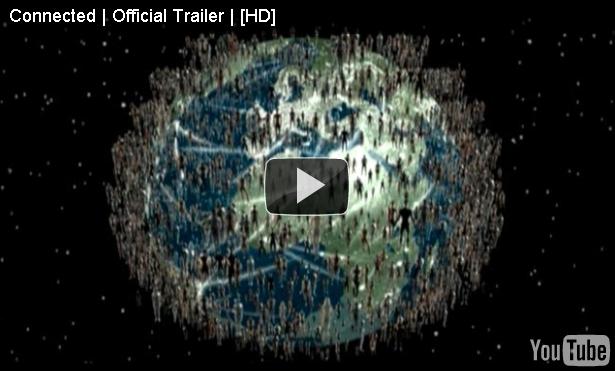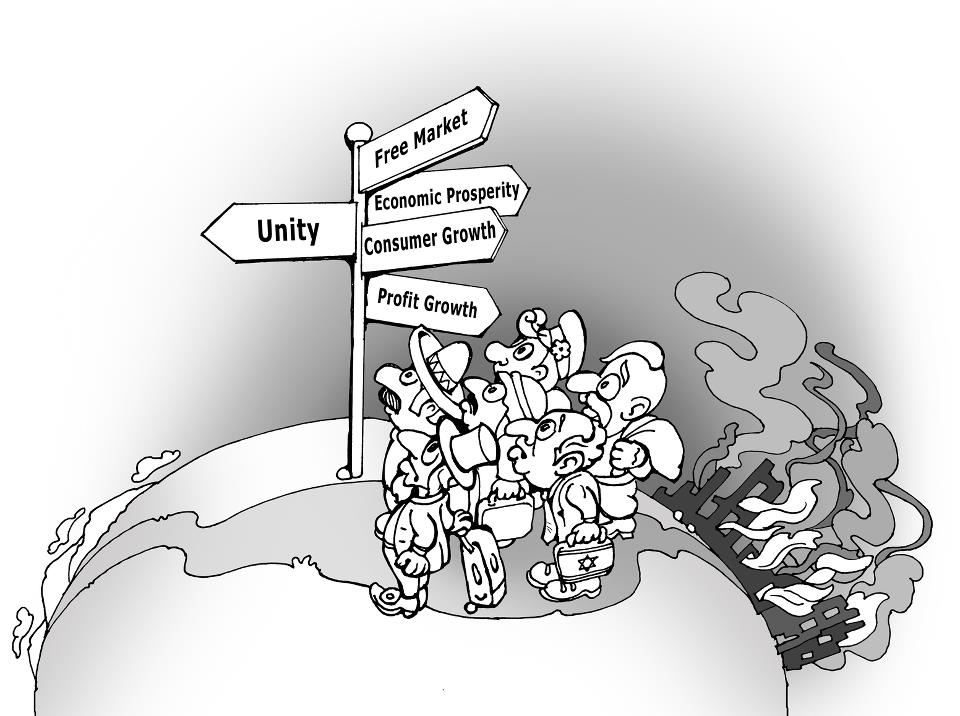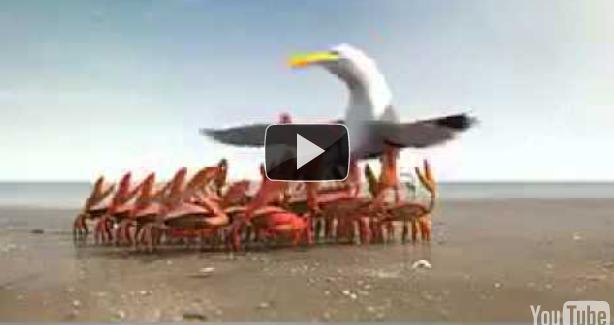

Living Systems – Nature Is Calling for Love: Part 3
Fortunately for us, there are a few foresighted individuals that are already planning and building living systems based on ecological strategy. For instance, Living Systems breaks their plan down into five concepts and offers their information to all via the website. Examining their ideas for sustainable living, we see the same composition as an ecosystem. Mutually empowering communication skills – networks. Conflict is necessary in order for human beings to learn, grow, and advance; but it must be handled delicately and intelligently. It then becomes an asset rather than a liability because it is based on mutual responsibility. Each person searches for a way that the society can benefit from. Permaculture/biodynamics – nested systems. A garden is the foremost environment to nurture both humanity and the planet: living systems within living systems. Eco-villages/Eco-cities – development. With a super efficient infrastructure, mutually empowering communication skills, and a social environment, where we know most of the people we deal with regularly, the community is set up as a meta-organism ( in the place of a microorganism). Environmentally beneficial manufacturing – dynamic balance. Currently, our manufacturing technology is environmentally damaging and depletes our non-renewable resources. Buckminster Fuller’s idea of a mobile factory is only one of many new models being explored. Internal economies – cycles and flows. With our own economy, we can control what is considered valuable, such as mutually empowering communication skills. By holding this skill in high esteem, it could become enormously useful and therefore more valuable. Combining this with the Local Exchange and Trading System (LETS) would create an internal economy, which could be easily exchanged for local currency, until...
One Way – A Familiar Sign
...
Sustainability and Advancement – Nature Is Calling for Love: Part 2
To establish a sustainable society and begin a less painful advance toward our objective we must understand and observe certain social principles that work much like a large family: each member receives their needs from society, each member provides for the well-being of that society through their work. As good parents we all want our children and grandchildren to have a better life than we did. That desire represents the essence of a sustainable society. According to Fritjof Capra, PhD (physics), “a sustainable society is one that is able to fulfill its needs without diminishing the chances for future generations”. For the perfect example of a sustainable society we need only to look at nature, whose ecosystems represent sustainable communities of plants, animals, and microorganisms. The Center for Ecoliteracy has identified six of Mr. Capra’s principles for a sustainable community as core ecological concepts, which are: Networks – All living things in an ecosystem are interconnected through networks of relationship. They depend on this web of life to survive. For example, in a garden, a network of pollinators promotes genetic diversity; plants, in turn, provide nectar and pollen to the pollinators. Nested systems – Nature is made up of systems that are nested within systems. Each individual system is an integrated whole and, at the same time, part of larger systems. Changes within one can affect the sustainability of the others that are nested within it, as well as the larger systems in which it exists. For example, cells are nested within organs within organisms within ecosystems. Cycles – Members of an ecological community depend on the exchange of...
Teamwork
...
